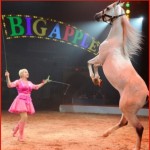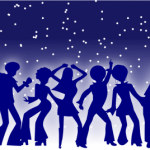What do you have available, concretely, to use in service of your work?
Earlier this year we went to see the Broadway production of “Hair: The American Tribal Love-Rock Musical,” which prompted us to think about the essentials that nearly everybody is able to access on the job.
In the middle of Act I, Claude sings “I Got Life,” a stirring song of affirmation. Naturally the song’s sentiments translate to work-life, too. He sings:
I got my hair
I got my head
I got my brains
I got my ears
I got my eyes
I got my nose
I got my mouth
I got my teeth
I got my tongue
I got my chin
I got my neck
Later he continues,
I got my arms
I got my hands
I got my fingers
Got my legs
I got my feet
I got my toes
I got my liver
Got my blood
I got my guts (I got my guts)
I got my muscles (muscles)
I got life (life)
We love how James Rado and Gerome Ragni, writers of the book and lyrics, pinpoint the fundamental parts of our bodies that facilitate our life, and thus, our work. In expressing this idea, Claude is grounded in his corporeal existence, affirming that so much of what we have extends from our physical selves.
Among the 23+ body parts Claude lists, he references our resources to think, to see, to listen, to sense, to create and to build. Our human potential when using these faculties in concert with one another is pretty staggering!
In the career counseling arena, to be well-attuned to the people with whom we work, our ears are arguably the most important faculty for us to engage. Our brain, tongue and hands come in a close second. In standing in front of the classroom, for example, or sitting one-on-one with a client, we necessarily need to engage every single internal resource we have.
Look at how much we learn from Broadway musicals.
What are the most critical faculties you use in your work?



